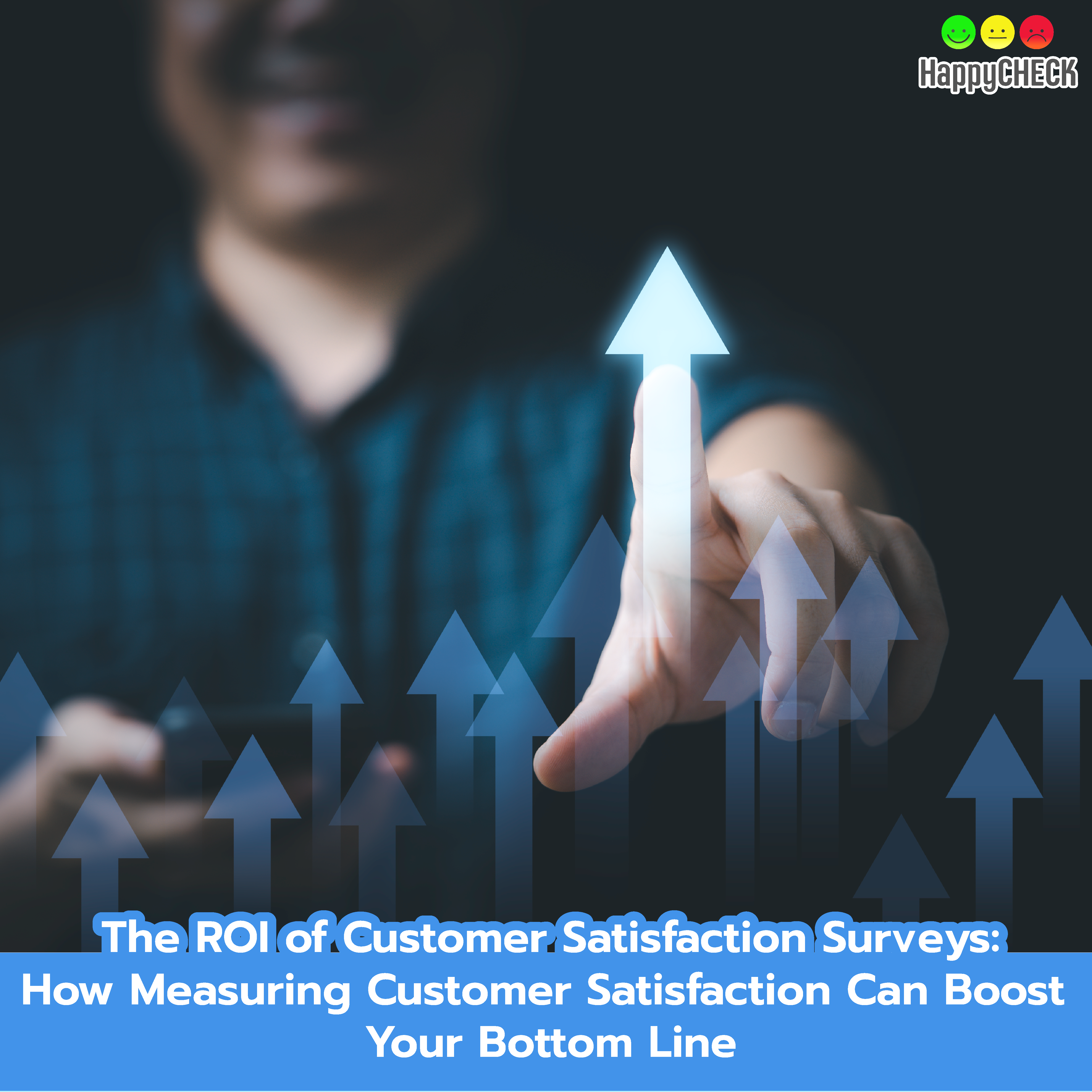Surveys of customer satisfaction are a useful tool for companies trying to enhance the customer experience. Businesses can discover areas for development and implement changes that will boost customer satisfaction and loyalty by soliciting feedback from their customers. However, did you realize that tracking customer happiness can also improve your business’s bottom line? This article will examine the return on investment (ROI) of customer satisfaction surveys and how tracking customer happiness can improve your company’s financial performance.
Let’s establish what ROI means first. ROI, which stands for return on investment, is a metric for gauging an investment’s profitability. The ROI of a customer satisfaction survey relates to how gauging customer satisfaction can affect a company’s sales and profitability.
So how does assessing customer happiness affect a company’s financial performance? Here are several examples:
1. Increased consumer loyalty: Happy customers are more inclined to come back and make more purchases from a firm. Loyal consumers are more inclined to spend more money with a firm and promote it to others, which can eventually result in an increase in income.
2. Lessened churn: The pace at which clients leave doing business with a company is referred to as churn. Businesses may lessen churn and retain more customers over time by monitoring customer satisfaction and finding improvement opportunities. Since it is less expensive to maintain current customers than to recruit new ones, this can help businesses generate more revenue and be more profitable.
3. A better reputation: Customers are more likely to submit favorable reviews and refer a business to others if they are happy with their experience. This could enhance a company’s reputation and draw in more clients, boosting sales and profits.
4. Cost-saving opportunities: Businesses can find places where they can cut expenses by measuring client happiness. For instance, if customers repeatedly complain about problems with a certain product or service, the company can adjust to fix the problems and lower the volume of customer complaints and returns. As a result, the company may eventually experience cost savings as waste is reduced and efficiency is increased.
Measure the effect of these surveys on essential variables like customer loyalty, turnover, and revenue in order to comprehend the ROI of customer satisfaction surveys. Here are some actions companies can take to gauge the return on investment of customer satisfaction surveys:
1. Establish clear goals: Businesses should establish clear goals for what they aim to accomplish before initiating a customer satisfaction survey. This could entail enhancing client loyalty, decreasing churn, or raising sales.
2. Pick the correct measures: Businesses should select metrics that are pertinent to their objectives in order to gauge the impact of customer satisfaction surveys. Metrics like the repeat purchase rate and client lifetime value, for instance, may be important if the objective is to increase customer loyalty.
3. Examine survey results for trends and patterns in client feedback. After the survey is finished, firms should examine the results. This can assist in identifying both the business’s strong points and its areas for development.
4. Take action: In light of the survey results, companies should act to address any problems found and enhance the client experience. This could entail upgrading procedures, training people, or changing products or services.
5. Assess the impact: Lastly, companies should assess how their decisions affect important indicators like revenue and customer attrition. This can be used to calculate the return on investment from the customer satisfaction survey and pinpoint areas that still need work.
In conclusion, surveying customers to gauge their satisfaction can have a big effect on a company’s bottom line. Businesses can eventually enhance revenue and profitability by enhancing client loyalty, decreasing churn, and improving the entire customer experience. Businesses should establish clear objectives, pick the appropriate metrics, examine survey data, take action, and then assess the results to determine the ROI of customer satisfaction surveys.







